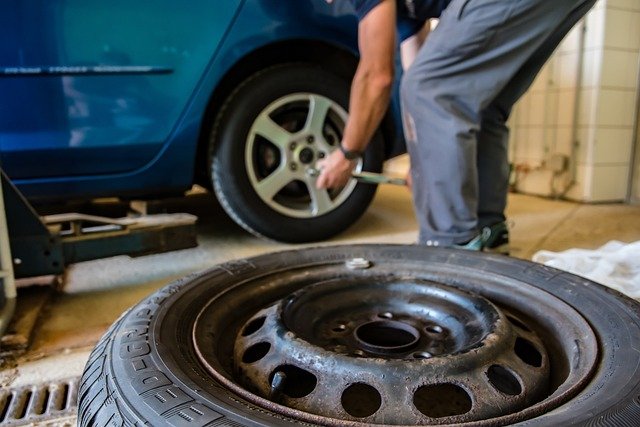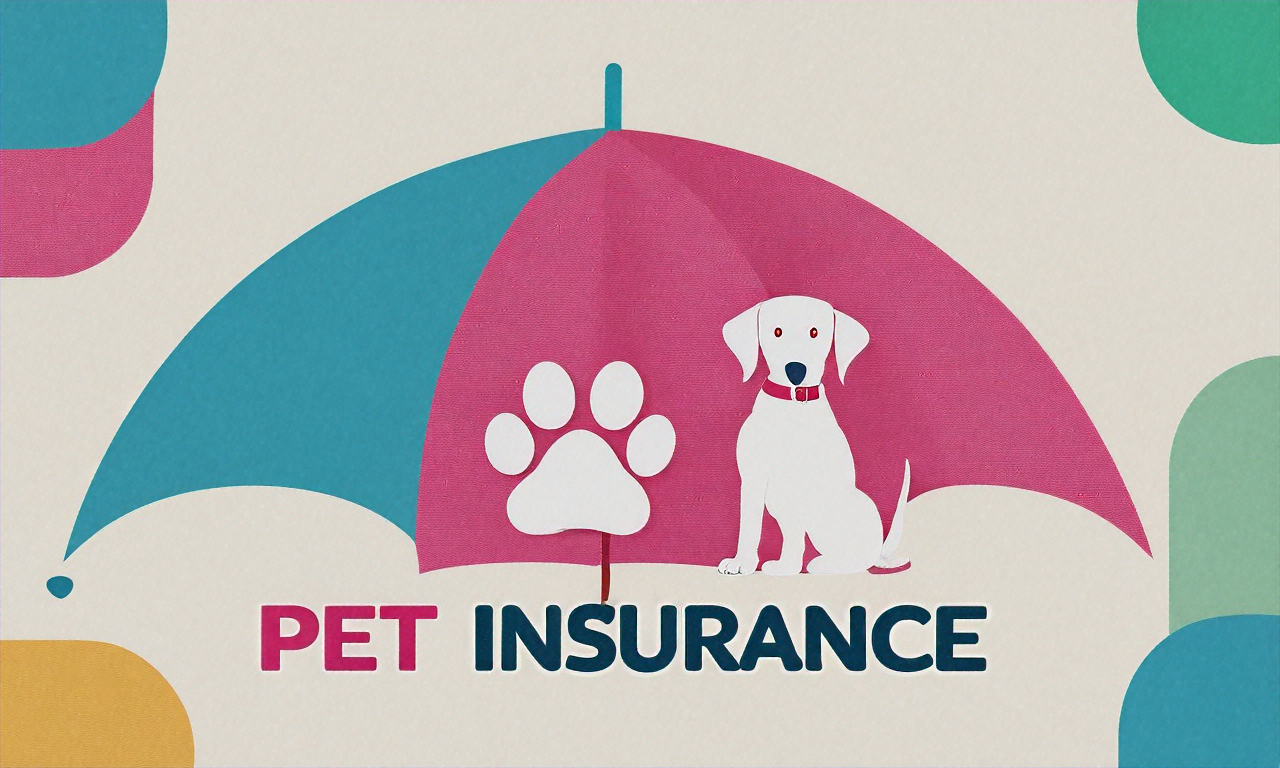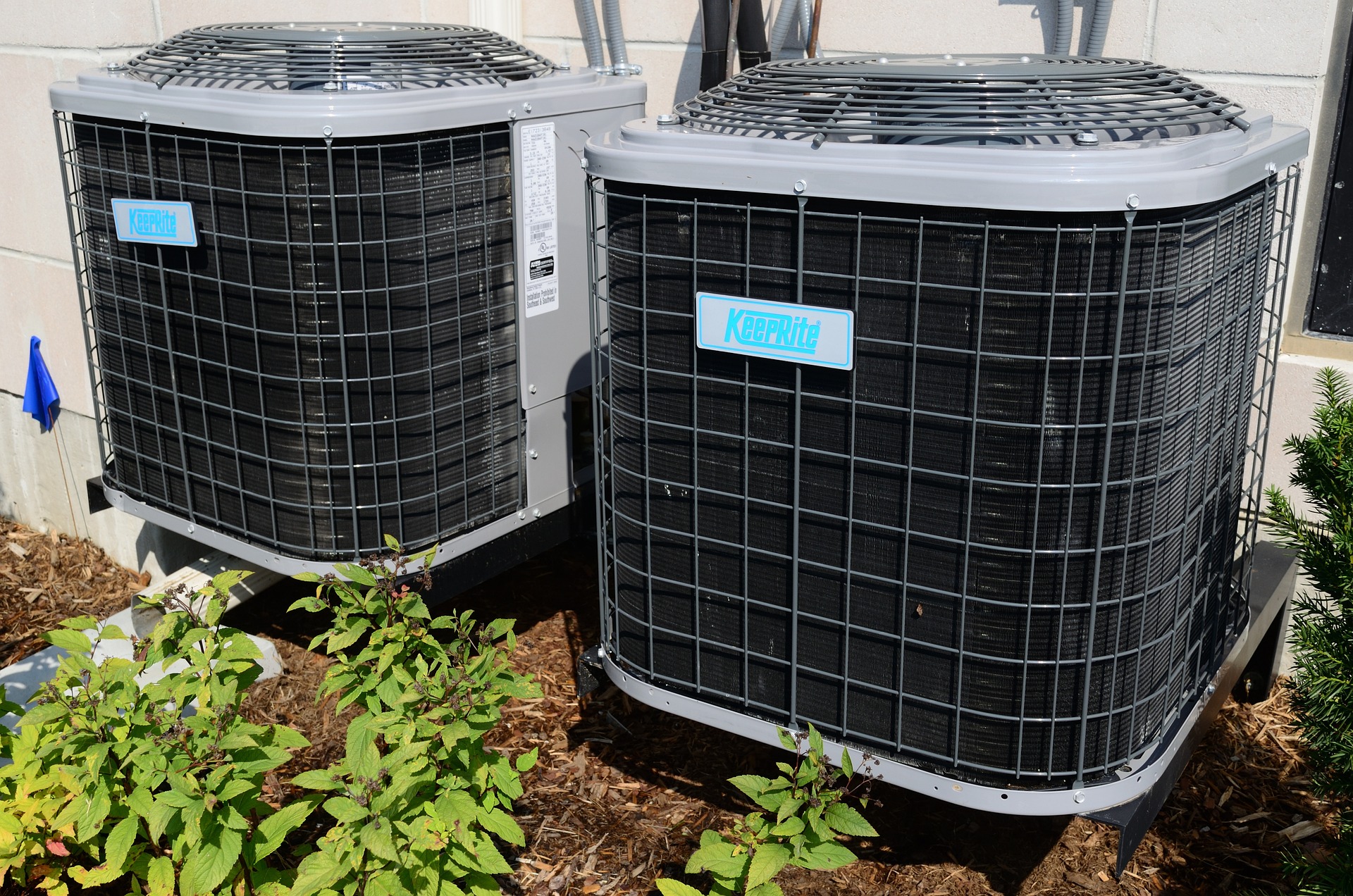Wheel Rims: Types, Fitment, Maintenance, and Buying Guide
Wheel rims are the visible outer part of a wheel assembly that holds the tyre bead and defines the tyre’s seating and shape. Beyond aesthetics, rims influence ride quality, handling, fuel economy, and braking behaviour; they also determine the correct tyres and fitment for a vehicle. This article explains key rim types and materials, sizing and safety considerations, maintenance and repair options, and provides a practical product comparison with typical price ranges for a UK audience.

What are wheel rims and wheels?
The term “rim” is often used interchangeably with “wheel,” but technically the rim is the outer edge that the tyre seals against. A complete wheel assembly includes the rim, centre (spokes or disc), hub mounting area and sometimes the tyre pressure monitoring valve. Rims can be part of a one-piece wheel, multi-piece wheel, or a forged or cast design. Understanding the difference helps when considering repairs, refurbishments or upgrades: a damaged rim may be repairable without replacing the entire wheel, while some multi-piece wheels allow individual component replacement.
Common rim materials and advantages
Rims are commonly made from steel, cast aluminium alloy, forged aluminium, and less commonly magnesium or carbon fibre. Steel rims are durable and inexpensive but heavier, which can reduce fuel efficiency and performance. Cast alloy wheels balance cost, weight, and aesthetics, making them a common choice for road cars. Forged aluminium is stronger and lighter than cast alloy, often used where performance and durability are important. Carbon fibre and magnesium are very light but expensive and typically reserved for high-performance applications. Each material affects handling, unsprung weight, corrosion resistance and repairability differently.
Rim sizing, bolt patterns and fitment
Selecting the correct rim involves diameter, width, offset (ET) and bolt pattern. Diameter and width determine what tyre sizes can be mounted; offset affects where the wheel sits relative to the suspension and arches. Bolt pattern must match the vehicle hub; centre bore size and hub-centric rings may be needed to ensure a snug fit. Using incorrect dimensions can cause rubbing, poor handling, or accelerated wear on suspension components. When changing wheel size, consult manufacturer fitment tables or local services in your area to confirm compatibility with brakes, tyre clearance and electronic systems like ABS.
Tyre compatibility and performance impact
Rim width and profile affect tyre contact patch, cornering, comfort and rolling resistance. Narrower rims can make tyres run more rounded, which may improve ride comfort but reduce lateral grip; wider rims flatten the tyre profile and can improve handling but may reduce comfort. Tyre sidewall height also interacts with rim diameter to influence ride harshness. When choosing rims, consider the driving conditions you most often face—city commuting, long-distance cruising, or spirited driving—and select a rim-tire combination that balances grip, comfort and longevity. Pressure recommendations may change with different wheel and tyre combinations.
Maintenance, repairs, and local services
Regular maintenance extends rim life: clean road salt and brake dust promptly, inspect for bends, cracks or corrosion, and check tyre seating and valve condition. Small bends can be straightened by specialist wheel repairers; cracks, especially in aluminium or carbon fibre, often require more extensive work or replacement. For cosmetic damage, wheel refurbishment services in your area can refinish finishes, repair kerbing and re-lacquer. Always use certified repairers for structural repairs and confirm that repair methods meet manufacturer or industry standards. If you plan to fit aftermarket rims, local services can also balance wheels, align the vehicle and recalibrate sensors if needed.
Product comparison and price estimates
| Product/Service Name | Provider | Key Features | Cost Estimation |
|---|---|---|---|
| CH-R Alloy wheel (single) | BBS | Forged/flow-formed options, high strength, OEM and aftermarket fitments | £200–£800 per wheel |
| Ultraleggera (single) | OZ Racing | Lightweight cast alloy, performance-oriented designs | £180–£600 per wheel |
| RPF1 (single) | Enkei | Flow-formed construction, popular for track and road use | £150–£450 per wheel |
| Turbine/Classic alloys (single) | American Racing | Steel and alloy models for classic cars and custom builds | £120–£400 per wheel |
| Alloy wheel refurbishment | Local refurbisher | Repair kerbing, repainting, powder coat, straightening | £40–£150 per wheel (cosmetic), £60–£200 (structural work) |
Prices, rates, or cost estimates mentioned in this article are based on the latest available information but may change over time. Independent research is advised before making financial decisions.
Conclusion
Choosing the right wheel rims involves balancing material, size, fitment and budget while accounting for the vehicle’s intended use. Proper fitment and maintenance preserve safety and performance, and certified local services can assist with installation, repair and alignment. When comparing products, verify manufacturer specifications and consider total system compatibility—wheels, tyres, brakes and electronics—before finalising a purchase.




